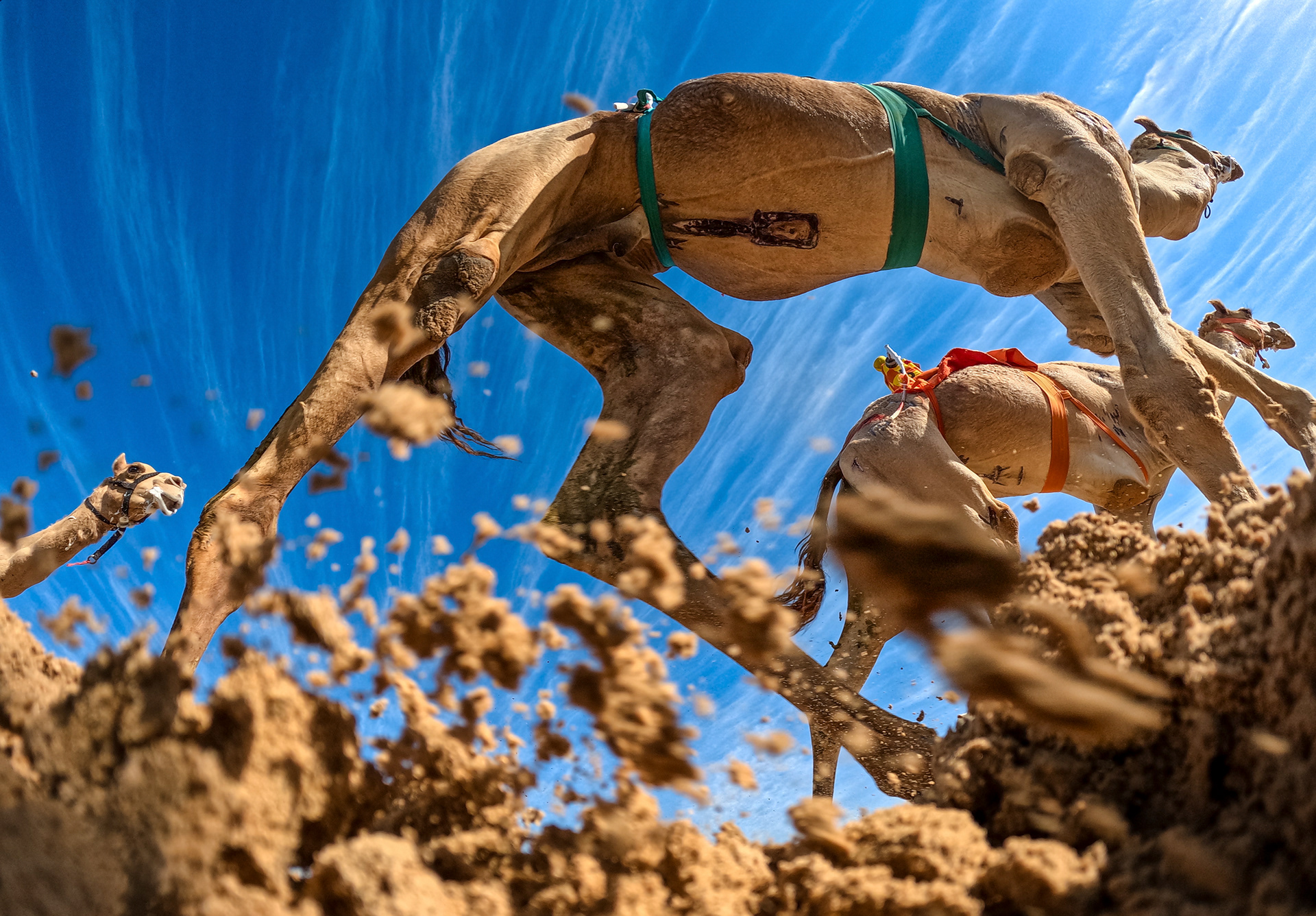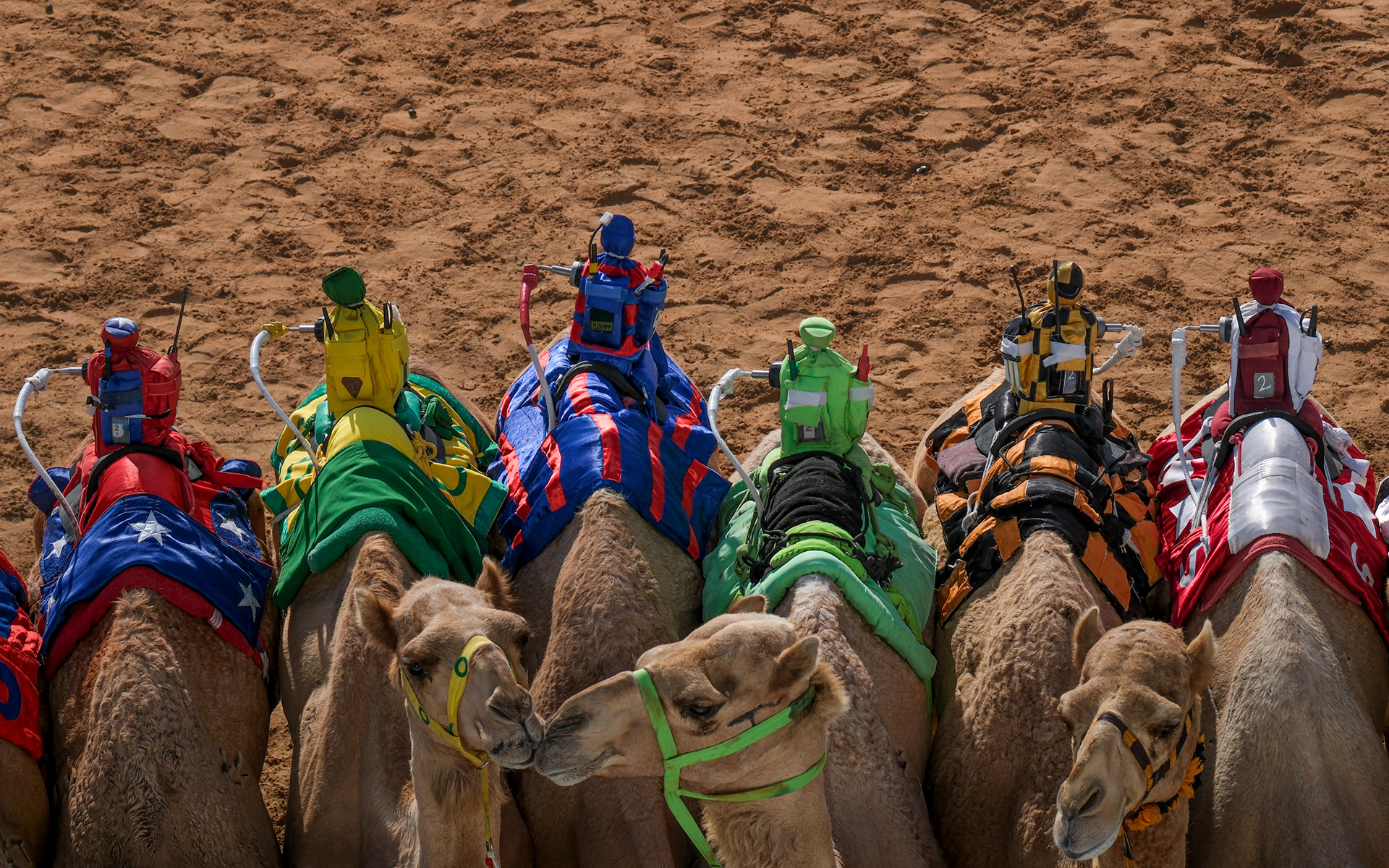Camel racing, one of the Gulf's most treasured cultural traditions, is undergoing a remarkable transformation. Once reliant on human jockeys many of them children, the sport has now fully embraced technology with the introduction of robot jockeys, redefining ethics, safety, and the very future of the sport.
Developed in the early 2000s to eliminate child labor and enhance animal welfare, robot jockeys have rapidly evolved. These lightweight devices, weighing just 2–3 kilograms, are now priced between $300 to $10,000 based on features and sophistication. Controlled remotely via walkie-talkies or smartphone-linked systems, they come equipped with GPS trackers, whip actuators, and voice modules that play recordings of camel owners to motivate the animals.
The science behind this shift is revolutionary. Robot jockeys reduce physical stress on camels and enable real-time biometric tracking monitoring heart rate, speed, and fatigue ensuring healthier training and racing conditions. Veterinary care has become more proactive, and races more consistent and fair.
Beyond the track, the ripple effects are profound. What was once a traditional desert sport now supports a growing tech-based ecosystem. Engineers, mechanics, software developers, and AI specialists are now integral to the camel racing industry, turning farms into modern-day innovation hubs. Communities are witnessing a unique fusion of Bedouin heritage and 21st-century science.
The media landscape has also adapted. With drones, high-definition cameras, and global live-streaming platforms, camel racing has reached audiences far beyond the Gulf. Mobile apps and race analytics now allow fans and owners to track performance in real time.
This integration of technology into camel racing is not just a technical upgrade—it's a cultural evolution. It reflects the power of innovation to honor tradition, improve animal welfare, enhance safety, and create new economic opportunities. In the heart of the desert, camels now run not just with speed—but with science at their side.











